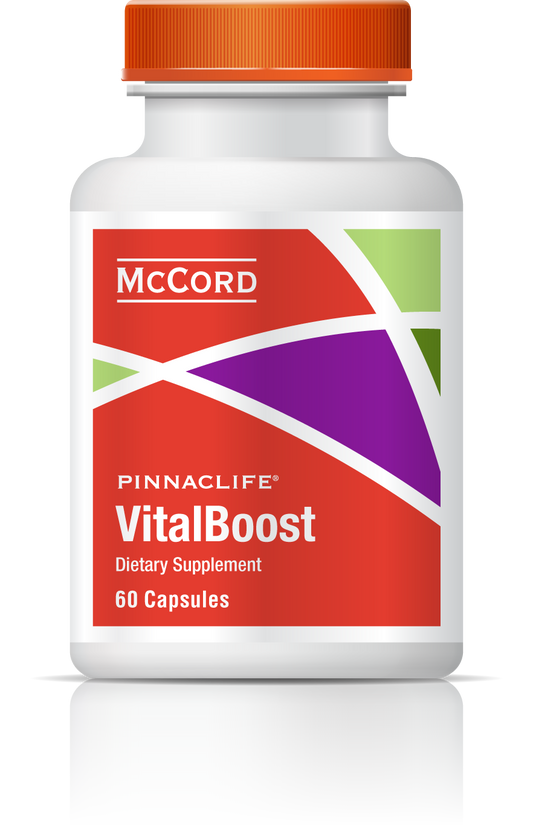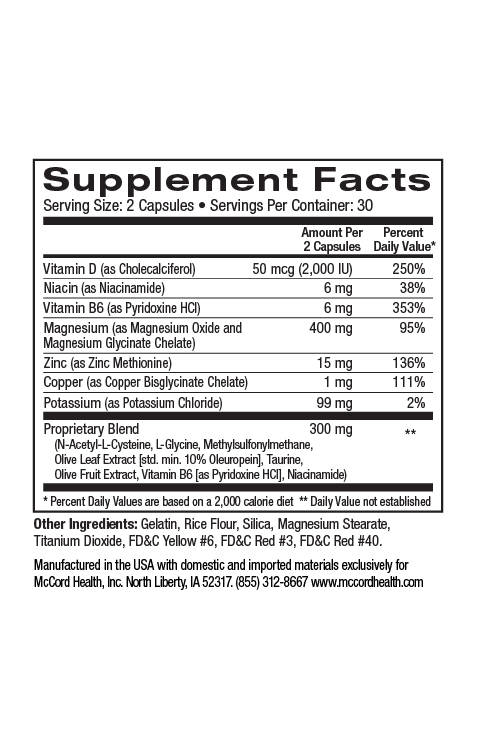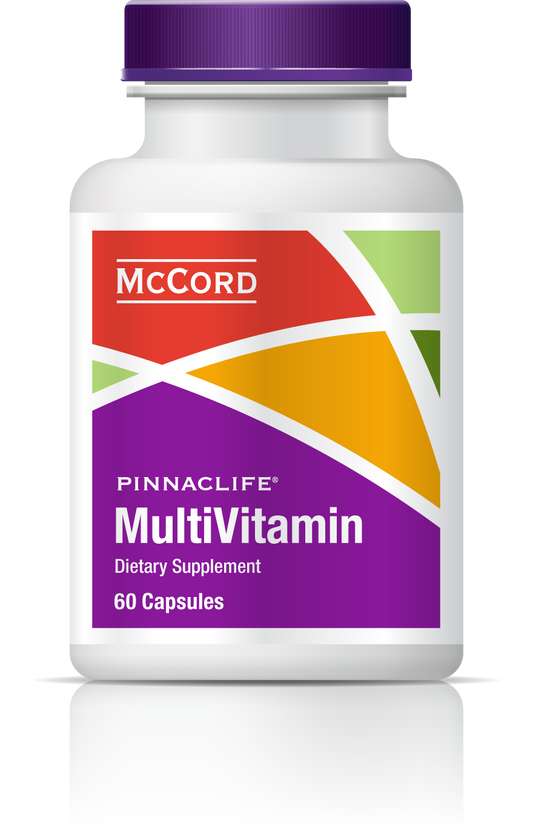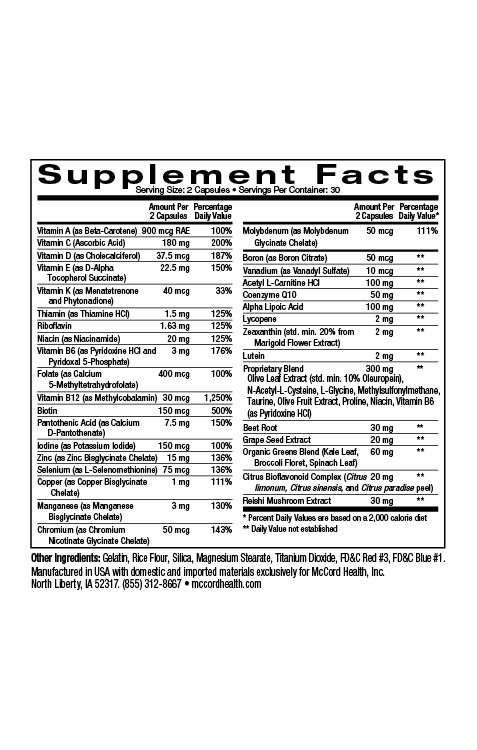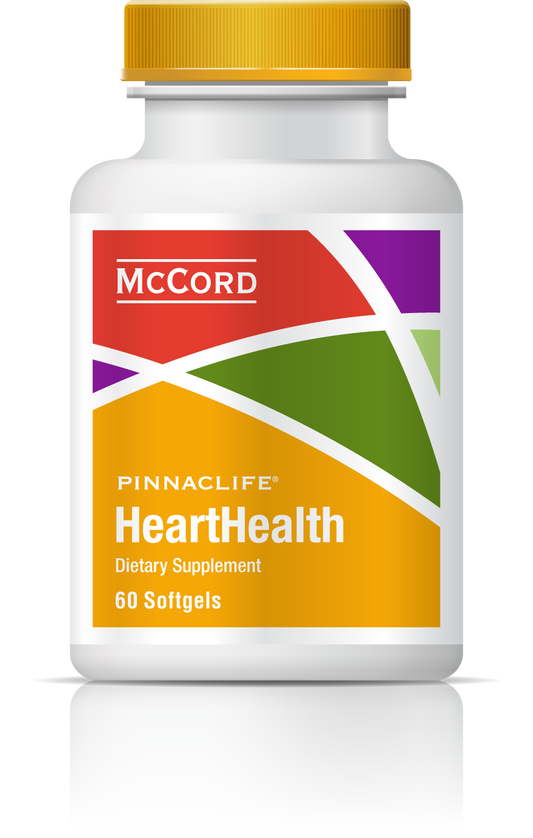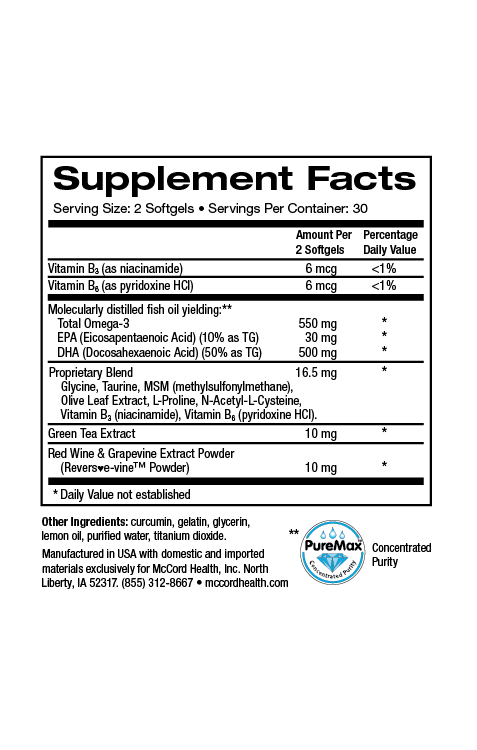There is an increasing demand for organic skin care that is due in part to changing lifestyles and the desire for improved skin care products that are environmentally friendly. Increasing demand for organic skin care is also due to the rise in skin disorders and the well founded belief that natural skin care using organic skin care products is safer.
Organic plants used in organic produce or products are grown without synthetic pesticides and fertilizers, and organic certification ensures that plant-derived ingredients are produced in a natural and ecologically sound manner, free of toxic chemicals and pesticides. Viniferamine® skin care products contain certified organic plant-derived ingredients.
Many pesticides and components including heavy metals are capable of being absorbed by the skin. Pesticides are also commonly mixed with detergents to increase the penetration into plant leaves, however detergents also increase human skin penetration. Some chemicals can penetrate the upper layer of the epidermis (the stratum corneum) by passive diffusion. Penetration depends on the size of the chemical and on how lipophilic (soluble in lipids) the chemical is, since the intercellular route (between skin cells) is the major route of transport where the intercellular lipids are located.
Certain chemicals can also transport through skin by the transappendageal route that involves oil and sweat glands in the skin. Generally molecules bigger than 500 daltons in molecular weight do not penetrate skin well, however, if the skin is broken, disrupted by detergents, or compromised including from moisture and/or inflammation that results in a weakened skin barrier, larger and/or more hydrophilic molecules can penetrate more easily.
Viniferamine® skin care products including Renewal Moisturizer and Silicone Barrier contain small molecules under 500 daltons to provide nutrition to skin. The small molecule nutrition includes vitamins, amino acids and antioxidants that strengthen the skin barrier to help prevent skin damage. Many of the plant-derived ingredients have potent anti-inflammatory activities including the polyphenols oleuropein, resveratrol, and epigallocatechin-3-gallate (EGCG) from olives, grapes, and green tea, respectively. In addition, dipotassium glycyrrhizate from licorice, avenanthramides in oats, aloe vera and shea butter possess anti-inflammatory activities.
Increasing scientific evidence suggests that many pesticides cause oxidative stress. Pesticides can disturb oxidative homeostasis via direct or indirect pathways, including mitochondrial production of free radicals, thiol oxidation and depletion of cellular antioxidant reservoirs. Oxidative stress is associated with inflammation and is thought to play an important role in skin disorders including atopic dermatitis (eczema) and psoriasis, as well as in impaired wound healing.
Oxidative stress occurs when the amount of free radical formation including reactive oxygen species (ROS) overwhelms antioxidants and oxidative defense enzymes including superoxide dismutase (SOD). Increased production of ROS and/or decreased capacity of antioxidant defense can disrupt oxidative balance (homeostasis) and can result in damage to skin cell components including lipids, proteins and DNA.
Oxidative stress has been linked to UV radiation (UVR)-induced skin damage, aging, increased skin inflammation and scarring, as well as impaired wound healing such as found with diabetic skin. Several of the ingredients contained in Viniferamine® skincare products have antioxidant activity including oleuropein, resveratrol and epigallocatechin-3-gallate (EGCG).
Some of the beneficial ingredients derived from organically grown plants found in Viniferamine® skincare products also promote antioxidant defense enzymes including SOD. In a model where manganese SOD (MnSOD) was deactivated, oleuropein induced MnSOD activity. Resveratrol has been shown to increase the expression of MnSOD. In addition, EGCG has been shown to increase SOD activity in human skin fibroblasts.
Quantitating transepidermal water loss (TEWL) is a way to assess the quality of the skin barrier and how well it functions. The important olive antioxidant, oleuropein, has been shown to reduce TEWL indicating its ability to increase skin barrier function. Some of the natural ingredients in the Viniferamine® skin and wound care products also increase skin barrier function by moisturizing skin and helping the skin stay hydrated, including organically grown aloe vera that naturally enhances the skin’s hyaluronic acid, which possesses the ability to retain water (due to its high molecular weight and negative charge) by binding to a large number of water molecules in the skin.
Viniferamine® skin and wound care products include many plant derived natural ingredients that are certified organic by either the USDA or EcoCert. Each nutrient-rich ingredient was hand-grown in small organic fields located in Europe, Asia, Africa and North America.
The Viniferamine® skin and wound care product line includes organic certification to ensure the highest quality and purity of the many naturally beneficial ingredients contained in these skin care products.
About the author: Nancy Ray, PhD is the Science Officer at McCord Research. Dr. Ray received her PhD in Biochemistry and Biophysics and was a postdoctoral fellow at NIH, Harvard University and Dana-Farber Cancer Institute, and the University of Iowa. She also earned bachelor of science degrees in Chemistry and Microbiology.
References
- Regul Toxicol Pharmacol 2005; 43: 76-84.
- Physiol Rev 1971; 51: 702-747.
- Regul Toxicol Pharmacol 2002; 35: 198-208.
- Toxicol Appl Pharmacol 1988; 94: 93-103.
- Exp Dermatol 2000; 9: 165-169.
- Arch Dermatol Res 2007; 299: 423-431.
- Int J Mol Sci 2014; 15: 18508-18524.
- Diab Vasc Dis Res 2014; 11: 92-102.
- Oxid Med Cell Longev 2012; ID 560682:1-8.
- Evid Based Complement Altern Med 2012; ID 650514:1-9.
- Cell J 2014; 16: 25-30.
- ISRN Endicronol 2014; ID 816307: 1-8.
- J Am Acad Dermatol 2005; 52: 1049-1059.
- Rev Environ Health 2001; 16: 1-40.
- Med Sci Monit 2004; 10: RA141-147.
- Toxicol Appl Pharmacol 2013; 268: 157-177.
- Arch Dermatol Res 2016; doi: 10.1007/S00403-016-1624-0.
- Redox Rep 2015; doi: 10.1179/1351000215Y.0000000015.
- Curr Pathiobiol Rep 2014; 2: 257-267.
- Mitochondrion 2010; 10: 342-349.
- Arch Dermatol Res 2016; doi: 10.1007/S00403-016-1624-0.
- Redox Rep 2015; doi: 10.1179/1351000215Y.0000000015.
- Int J Cosmet Sci 2015; 37: 1-8.
- J Dent Res 2010; 89: 219-229.
Disclaimer: These statements have not been reviewed by the FDA. The decision to use these products should be discussed with a trusted healthcare provider. The authors and the publisher of this work have made every effort to use sources believed to be reliable to provide information that is accurate and compatible with the standards generally accepted at the time of publication. The authors and the publisher shall not be liable for any special, consequential, or exemplary damages resulting, in whole or in part, from the readers’ use of, or reliance on, the information contained in this article. The publisher has no responsibility for the persistence or accuracy of URLs for external or third party Internet websites referred to in this publication and does not guarantee that any content on such websites is, or will remain, accurate or appropriate.
